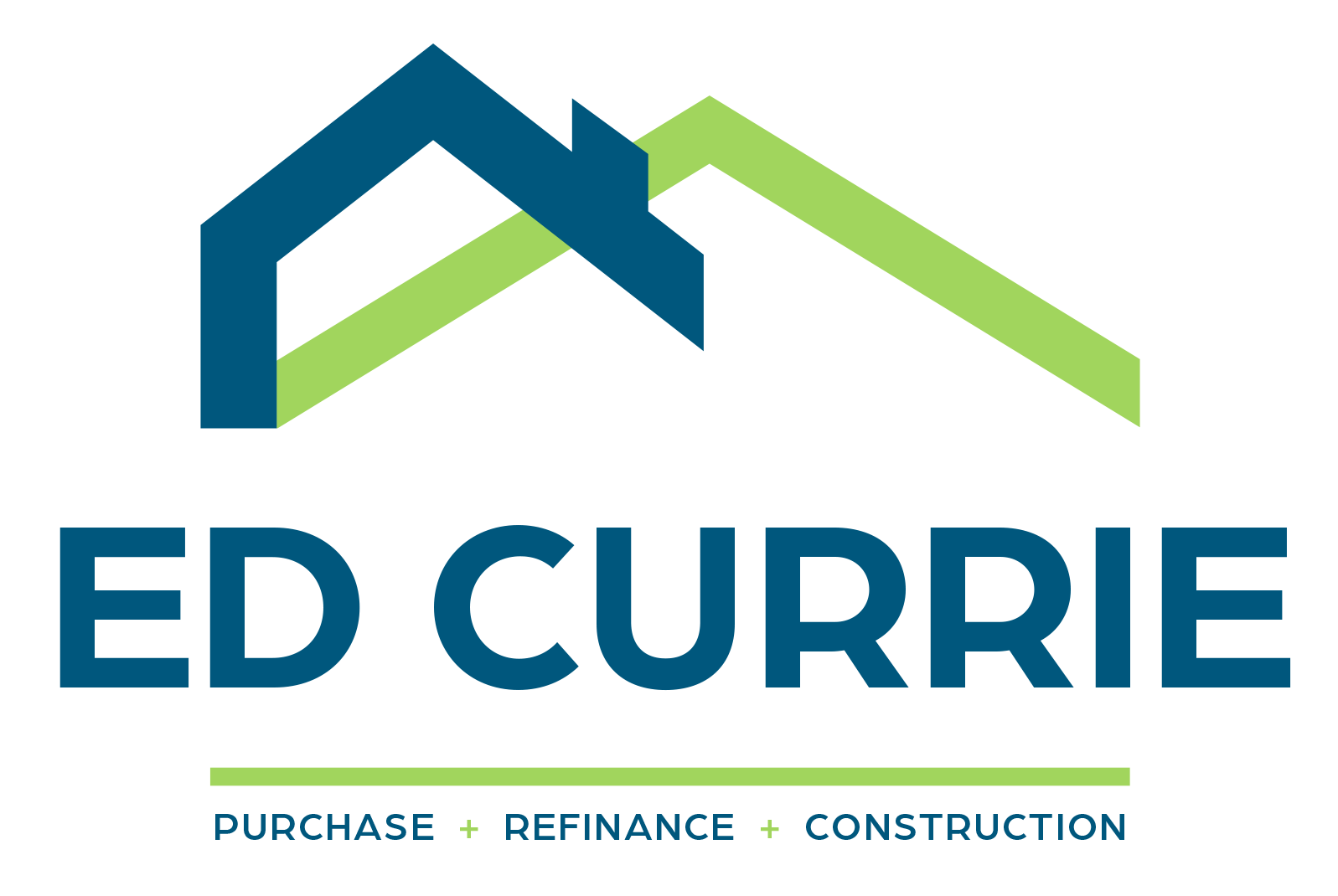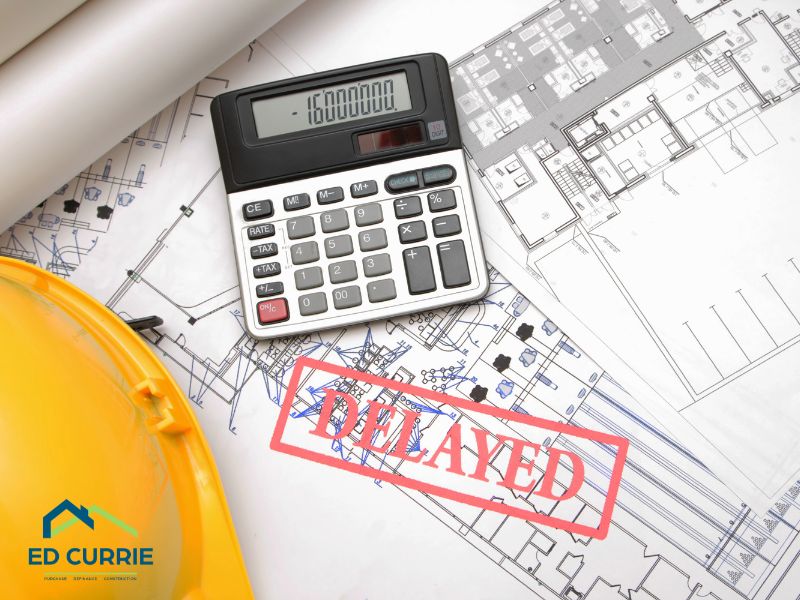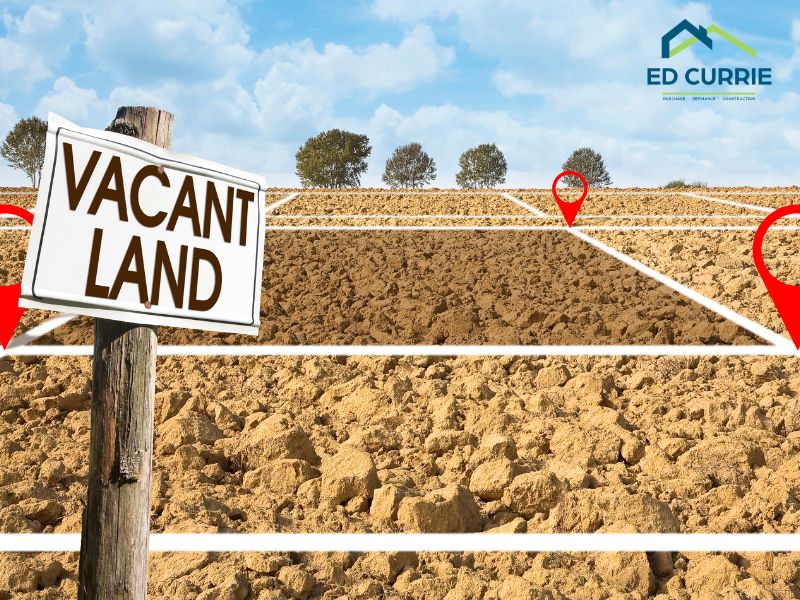- Project Scope: Detailed description of the construction or renovation project.
- Budget: Comprehensive budget outlining all costs involved.
- Timeline: Estimated timeline for the completion of the project.
- Market Analysis: Research on the local real estate market, including property values, rental rates, and demand.
- Personal Financial Information: Income, credit score, and debt-to-income ratio.
- Project Details: Blueprints, construction contracts, cost estimates, and permits.
- Investment Plan: As outlined in Step 2.
- Regular Monitoring: Keep track of progress and expenses.
- Communication: Maintain clear communication with contractors, suppliers, and the lender.
- Problem Solving: Address any issues or delays promptly to avoid cost overruns.
- Refinancing: Transitioning to a traditional mortgage.
- Sale of Property: Selling the completed property to repay the loan.
- Renting: Generating rental income to cover mortgage payments if the loan is converted to a mortgage.

Investing in real estate can be a profitable venture, and using a construction loan for investment properties can enhance your opportunities. Construction loans provide the necessary capital to build or renovate properties, enabling investors to create value and generate substantial returns. Here’s a step-by-step guide on how to effectively utilize a construction loan for your investment properties.
Step 1: Understand What a Construction Loan Is
A construction loan is a short-term loan used to finance the construction or renovation of a property. These loans typically have higher interest rates than traditional mortgages and are designed to be paid off once the construction is complete. Construction loans usually require detailed project plans, budgets, and timelines, which the lender will use to assess the feasibility of the project.
Step 2: Prepare Your Investment Plan
Before applying for a construction loan, it’s crucial to have a clear investment plan. This should include:
- Project Scope: Detailed description of the construction or renovation project.
- Budget: Comprehensive budget outlining all costs involved.
- Timeline: Estimated timeline for the completion of the project.
- Market Analysis: Research on the local real estate market, including property values, rental rates, and demand.
Step 3: Find the Right Lender
Not all lenders offer construction loans, so it’s essential to find one that specializes in these types of loans. Look for lenders with experience in real estate investment and construction projects. Compare their terms, interest rates, and requirements to find the best fit for your needs.
Step 4: Application Process
Once you’ve chosen a lender, you’ll need to submit a detailed loan application. This typically includes:
- Personal Financial Information: Income, credit score, and debt-to-income ratio.
- Project Details: Blueprints, construction contracts, cost estimates, and permits.
- Investment Plan: As outlined in Step 2.
The lender will review your application, project details, and financials to determine your eligibility and the loan amount.
Step 5: Loan Approval and Disbursement
If approved, the lender will disburse the loan in stages, known as “draws.” These draws correspond to various milestones in the construction process (e.g., foundation, framing, plumbing). Each draw requires an inspection to ensure that the work has been completed satisfactorily before funds are released.
Step 6: Managing the Construction Project
Effective management of the construction project is crucial to stay on budget and on schedule. This includes:
- Regular Monitoring: Keep track of progress and expenses.
- Communication: Maintain clear communication with contractors, suppliers, and the lender.
- Problem Solving: Address any issues or delays promptly to avoid cost overruns.
Step 7: Converting the Loan
Once the construction or renovation is complete, the construction loan needs to be converted into a permanent mortgage or paid off. This can be done through:
- Refinancing: Transitioning to a traditional mortgage.
- Sale of Property: Selling the completed property to repay the loan.
- Renting: Generating rental income to cover mortgage payments if the loan is converted to a mortgage.
Using a construction loan for investment properties can significantly enhance your real estate portfolio. By understanding the loan process, preparing a solid investment plan, and effectively managing the construction project, you can maximize your returns and build substantial wealth.




![EdCurrie_Logo White[Transparent] EdCurrie_Logo White[Transparent]](https://edcurrie.com/wp-content/uploads/elementor/thumbs/EdCurrie_Logo-WhiteTransparent-qybu3sjgpfhje9098uitv7fpt7os2hgn52gfy6ocx4.png)